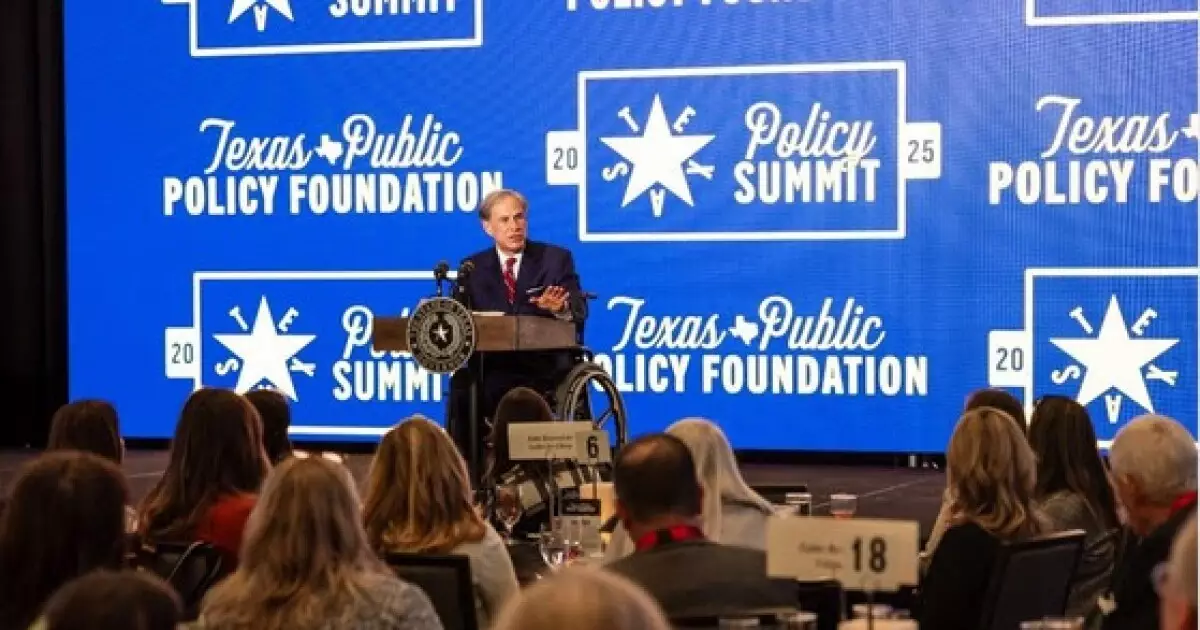The education landscape in Texas is currently at a crossroads. A recent report by Moody’s Ratings has soused the spotlight on the troubling combination of stagnant state funding paired with rising operational costs that is imperiling the fiscal viability of school districts across the state. Given the important role that education plays in shaping the future of Texas, this issue is becoming increasingly pressing and demands comprehensive examination.
One of the most alarming trends identified in the report is the stagnation of the per-pupil funding allotment from the state, which has held steady at $6,160 since 2019. Despite the evident increase in operational costs driven by persistent inflation and the cessation of federal aid linked to the COVID-19 pandemic, Texas schools find themselves trapped in a relentless financial squeeze. Essentially, the state’s basic aid funding has not kept pace with the economic realities that schools face, creating a potential crisis for many districts.
Moody’s report underscores the severity of the situation, warning that continual funding inertia will compel districts to resort to their financial reserves or implement cost-cutting measures. This dilemma inevitably compromises both the fiscal health of the districts and their educational missions. With healthy financial reserves diminishing in response to unyielding budget pressures, the capacity of Texas schools to invest in essential resources—such as up-to-date technology or improved safety measures—is severely threatened.
Adding to the struggle, recent election outcomes indicate a reluctance among voters to approve property tax increases, with only 30 out of 52 proposals winning approval on ballots during the November 5 elections. The rejection of these measures has exacerbated the financial turmoil faced by school districts, eliminating a vital revenue stream that could help address critical funding shortfalls. Moody’s delineates a clear link between these funding challenges and the districts’ capacity to meet fundamental needs, including staff salaries and infrastructure enhancements.
As the state grapples with these issues, state officials, including Republican Governor Greg Abbott, have put forth contrasting narratives. While Abbott touts record-high average public school funding topping $15,000 per student, this figure is somewhat misleading. It aggregates various funding sources, including the stagnant state allotment. Consequently, while the overall number might appear impressive, it belies the underlying vulnerabilities that schools confront at the district level.
The outlook remains uncertain as both the Texas House and Senate are formulating budget proposals that may influence future funding allocations. However, the lack of clarity regarding whether the basic allotment will increase raises significant concerns. Abbott’s advocacy for stricter voter approval requirements for property tax hikes, demanding a two-thirds majority, may further complicate the financial landscape for districts seeking local funding solutions.
Furthermore, ratings agencies like S&P Global have predicted potential credit downgrades for Texas public schools, particularly if systemic revenue shortfalls remain unaddressed. With ongoing pressure from inflation and local tax limitations, the future fiscal strains on school districts seem inevitable unless proactive measures are implemented.
In the recent past, Texas school districts have increasingly resorted to issuing voter-approved general obligation bonds, which remain attractive given their triple-A ratings through the Texas Permanent School Fund. However, dependence on bond financing should not serve as a substitute for sustainable, regular funding sources that can address the day-to-day operational needs of schools.
The financial strain on Texas schools serves as a troubling indicator of broader systemic challenges that require a concerted response from stakeholders at all levels—state lawmakers, school board members, and local communities. The future of education in Texas hinges on the ability to develop a robust funding formula that reflects the realities of rising costs while supporting comprehensive educational initiatives. If left unaddressed, the escalating financial realities may not only challenge current educational objectives but also jeopardize the long-term integrity and effectiveness of Texas’s educational system. As the state prepares for the 2025 legislative session, the time to act decisively to secure the financial future of Texas schools is now.


Leave a Reply